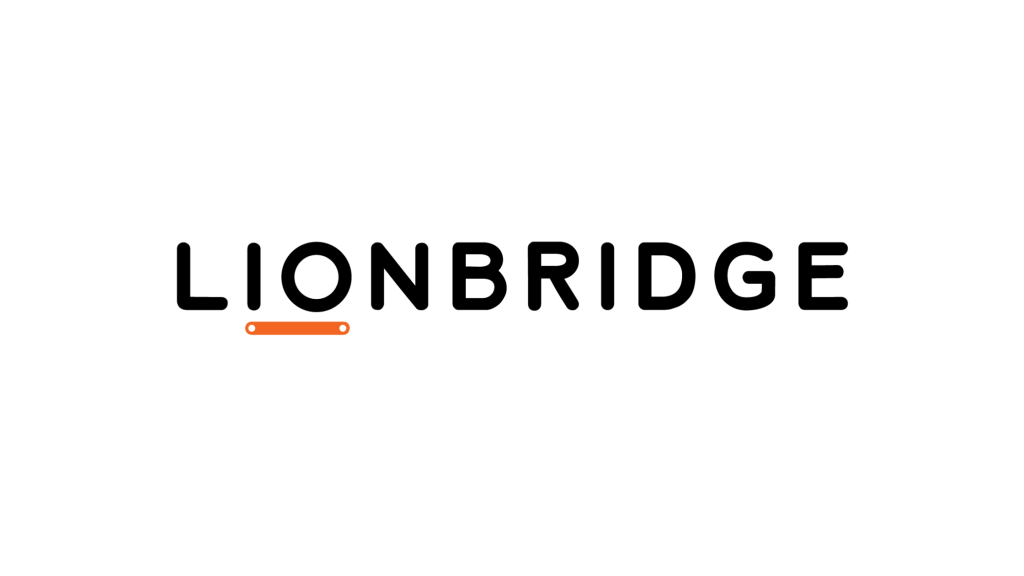

Deep neural networks have emerged as promising candidates for predicting peak human object recognition performance and neural activity. People show a flexible tradeoff between speed and accuracy and this tradeoff is a crucial human skill.

Attempts to model such tasks are currently stymied by the inability to incorporate time. The core of everyday tasks like reading and driving is active object recognition. Orthodontists and their constituent organizations may consider more robust awareness and advocacy campaigns to educate the population about orthodontic treatment and the benefits of pursuing treatment with a trained orthodontist. Although participants had concerns about the COVID-19 pandemic, results showed that the pandemic may not significantly affect the preferences. Forty-seven percent reported that the COVID-19 pandemic did not affect their preference, while 26.6% reported to be more likely to pursue DTCO due to the pandemic.Ĭonclusions: The majority of participants seemed to perceive DTCO as a viable alternative for seeking orthodontic care. The majority of responses seemed to favor DTCO. The majority of participants reported convenience to be the greatest benefit of DTCO, followed by cost. Twenty-three percent reported that they would highly likely choose DTCO. More than 83% of the participants have considered pursuing orthodontic treatment to some extent.

Results: 1441 individuals participated in the study. Pearson’s correlations were conducted to assess the association between various factors and the participants’ likelihood to choose DTCO. The 35-question survey was disseminated through Amazon Mechanical Turk® and participants were asked questions about their demographics, their perceptions of DTCO, orthodontists, and factors that may influence their decision should they decide to pursue orthodontic treatment. Methods: A cross-sectional population-based survey was conducted in the United States. The purpose of the current manuscript was to assess the populations’ perception of DTCO orthodontics and to examine various factors that may influence their decision in choosing treatment with DTCO.

This set includes categorised images of uniform areas as well as natural images that can be used effectively for analysis of the sensor noise.īackground: Since the introduction of direct to consumer orthodontic products (DTCO) in the last decade, they have been increasing in popularity among orthodontic patients. Here, the processing history of all images is guaranteed. Moreover, we captured a set of 2,759 real images formed by 32 unique cameras (19 different camera models) in a controlled way by ourselves. We also manually created binary masks localising the exact manipulated areas of these images. The real versions of these images are also provided. They are made by unknown people and downloaded from the Internet. Additionally, we also collected a dataset of 2,000 ‘real‐life’ (uncontrolled) manipulated images. We also created the same number of digitally manipulated images. Then, we collected a dataset of 35,000 real images captured by these cameras. First, we identified the majority of camera models on the market. Here, the authors introduce three datasets. Such artefacts are created during the image acquisition as well as the manipulating process itself (e.g., noise due to sensors, interpolation artefacts, etc.). Image forensic datasets need to accommodate a complex diversity of systematic noise and intrinsic image artefacts to prevent any overfitting of learning methods to a small set of camera types or manipulation techniques.


 0 kommentar(er)
0 kommentar(er)
